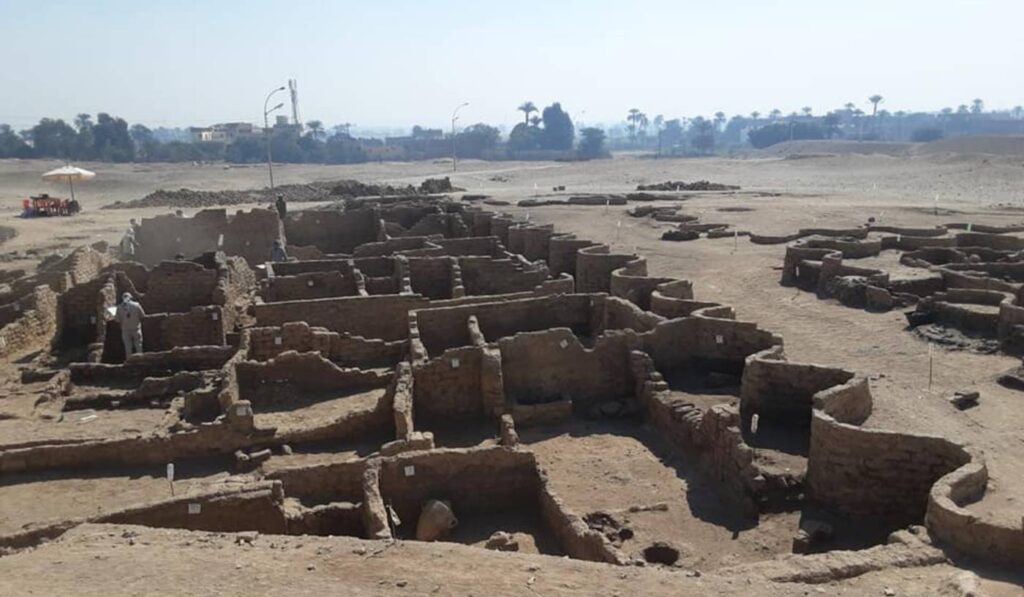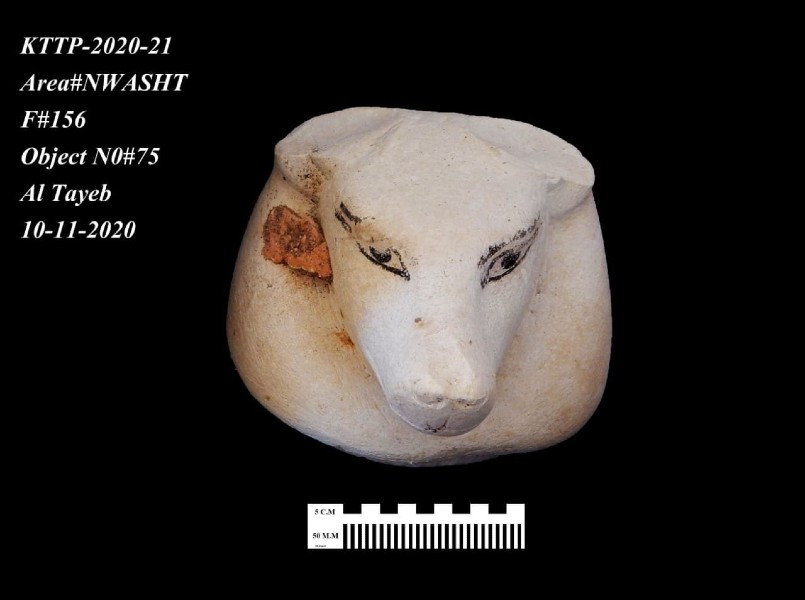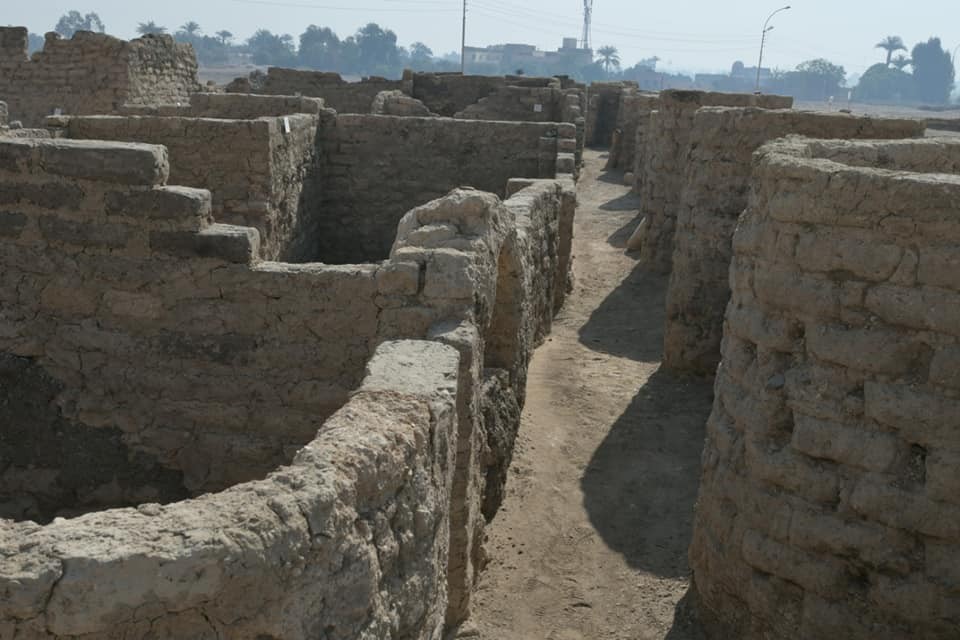
Reprinted with permission from World At Large, a news website of nature, politics, science, health, and travel.
It’s the stuff of dreams and is being hailed as the second-most important discovery since the opening of Tutankhamen’s tomb—an ancient lost city has been found near the famous Valley of the Kings.
Excavations began 6 months ago in September about 300 miles south of Cairo, and before long “to the team’s great surprise, formations of mud bricks began to appear in all directions.”
These are the words of famed Egyptologist and former antiquities minister Dr. Zahi Hawass, who posted a statement of the discovery on Facebook.
Identified as “Dazzling Aten,” it’s the largest-ever lost city to be uncovered in Egypt, and dated to the reign of one of the most powerful pharaohs to rule during the kingdom’s golden age, Amenhotep III.
Ruling from 1391 to 1353 BCE alongside his son, the equally famous Akhenaten, Hawass described their city as being in “a good condition of preservation, with almost complete walls, and with rooms filled with tools of daily life.”
RELATED: Egypt Just Discovered 27 Sealed Coffins in An Ancient Cemetery That Were Buried 2,500 Years Ago
“Many foreign missions searched for this city and never found it,” he added. “We began our work searching for the mortuary temple of Tutankhamun because the temples of both Horemheb and Ay (two other significant pharaohs) were found in this area.”
A golden city ‘filled with treasures’

Featuring zigzagging walls, a rarity in ancient Egypt, the haunts of specialty craftsmen, such as brickmakers, glazers, and jewelers, have been discovered, along with evidence of their work, such as the seal of Amenhotep III that would have been used to stamp into mud bricks that likely built several nearby monuments such as the Temple of Ramses II.
Other districts for large-scale baking and storing of foods were also discovered, and the archaeologists determined that they would have been capable of hosting many workers at one time—likely for festivals and funerary ceremonies.
To the north of the site, a cemetery has been uncovered as well, though the extent and state of preservation have not been determined. They consist of rock-cut tombs that can be “reached by stairs carved into the rock,” similar to the tombs in the nearby Valley of the Kings.
“Work is underway and the mission expects to uncover untouched tombs filled with treasures,” says Hawass, dangling the most fantastical and metaphorical carrots in the face of global archaeology.

Al Jazeera reports that many such treasures have already been found such as scarab pendants, jewelry, and pottery bearing inscriptions that tell a lot about a critical period in Egyptian history that experts still puzzle over.
“The discovery of the Lost City not only will give us a rare glimpse into the life of the Ancient Egyptians at the time where the Empire was at his wealthiest but will help us shed light on one of history’s greatest mystery: why did Akhenaten and Nefertiti decide to move to Amarna,” said Betsy Brian, an archaeologist at Johns Hopkins University.

While the city was presided over by Amenhotep III, his son Akhenaten moved the capital to Amarna following his death, yet historians are unclear why. An inscription on the outside of a pot containing meat for a ceremony dated the activity in Aten to just a year before the it was supposedly abandoned.
Hawass and the other researchers hope more excavations will reveal why this happened, and then whether the city was repopulated when Tutankhamen decided to move the capital to Thebes.
It’s a discovery and a story that should yield fascinating developments for years to come, and something that could lend a positive jolt to the Egyptian tourist industry after years of political instability.
SHARE This Amazing Find With Friends on Social Media…




















